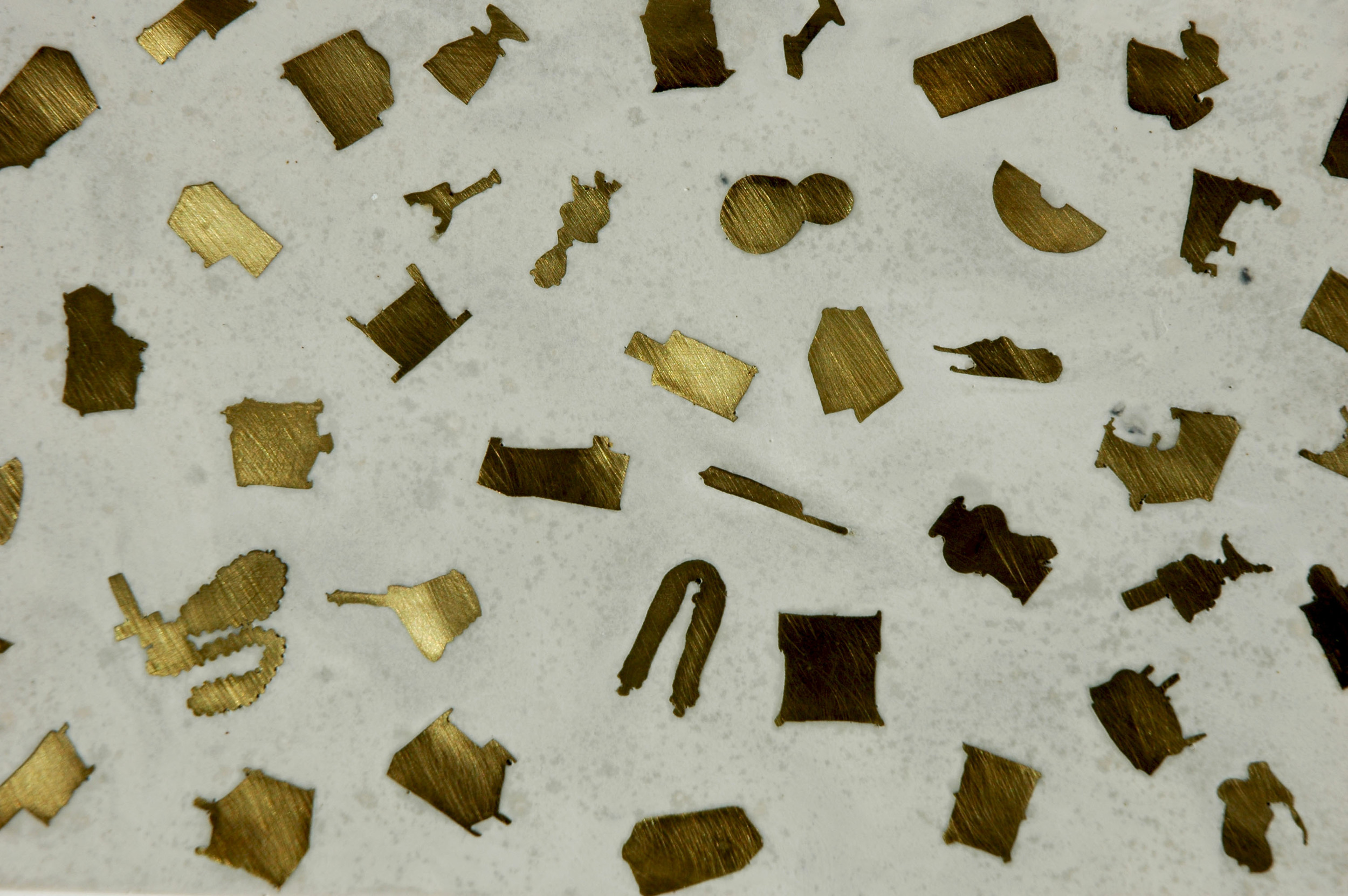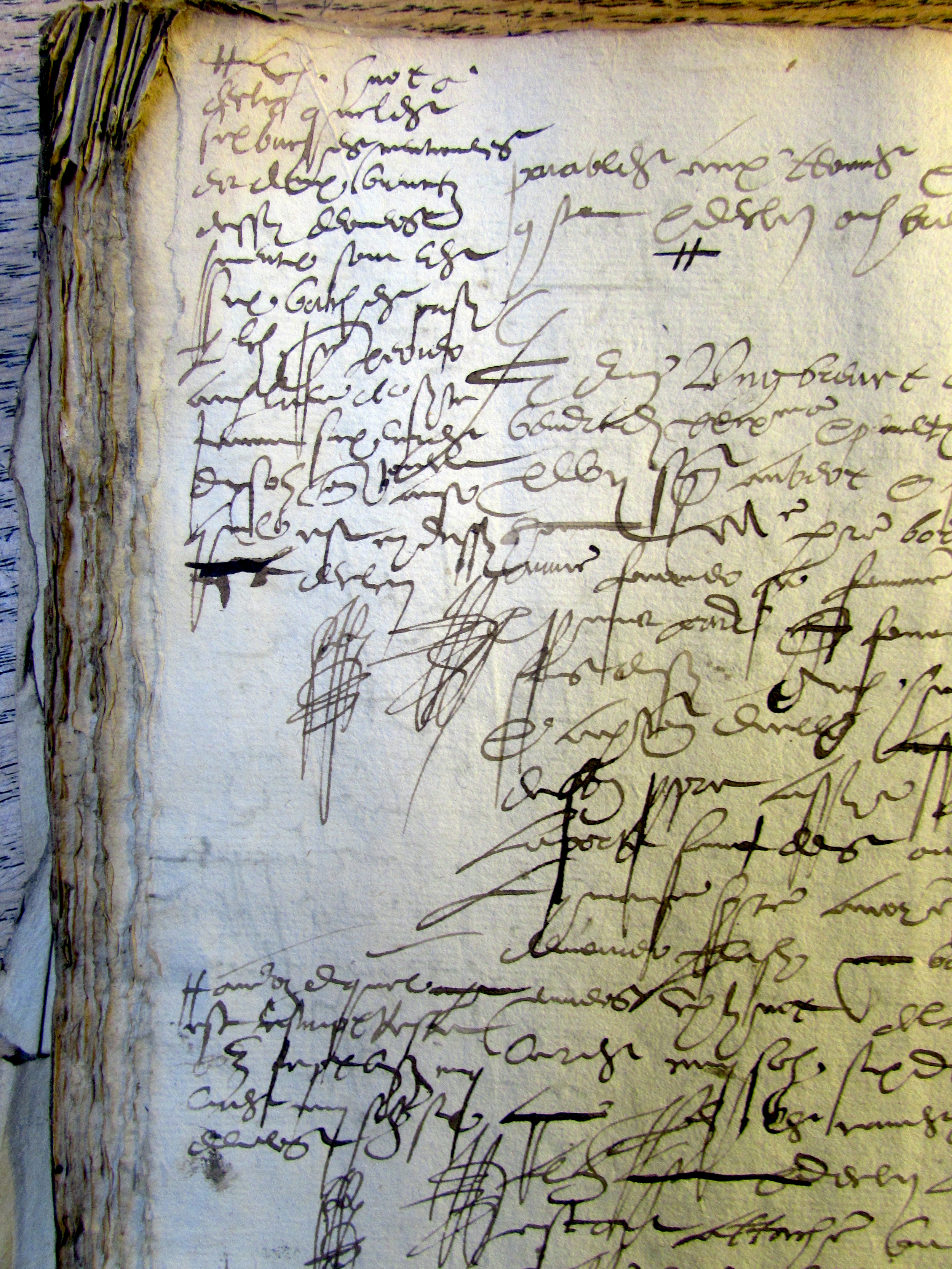“Portrait of Marie Palluau”
In April 1548, Marie Palluau died in Paris. The wife of a successful merchant haberdasher, she passed away in her bedroom in their home on the rue Saint Denis, and an inventory of her belongings was drawn up a few days later, now in the Archives Nationales under the reference MC.ET.LXXXVI.94. Marie's inventory gives us the layout and contents of the various rooms in her house and, unwittingly, a portrait of Marie Palluau herself, her interests, beliefs and social status.
This inventory, rich in materials and object, is the starting point of our project. Initially drawn to ideas of materiality, and to the incredible objects created and designed in the Early-Modern period, we wanted to anchor ourselves in the sixteenth-century through a series of inventories and primary sources. We hoped to extract typologies of objects and represent their forms and materials to reimagine what an interior from this period may have looked like, and to create an experience which echos the inventory in a jumble of materials and object shapes from the period.
In order to reinterpret the surroundings of Marie Palluau using the list of objects materials, we started by researching these very objects and reaching an “average” of what a chair, for example, might have looked like. We also focused on reproducing the materials used in the period to encompass the material experience of the early french renaissance. Through utilising techniques used in the period, such as inlaying, and working with leather and tiles, which echo the decorative fabric of a renaissance domestic space, we sought to recreate the inventory in all of its implicit materiality. Our project is therefore a design-based, practise-led reflection not only on Marie Palluau’s interior - and the objects that define her - but also an investigation in questions of authenticity in our respective disciplines.
Indeed our collaboration, in many ways, centers on the idea of authenticity. Though they look “real” the materials used in our display are contemporary recreations of the materials used in the inventory. As a historian, archival work is one of the building blocks of our discipline,and provides us with a window on ownership, social ties and material culture. Objects are often key to our research. However surviving objects tend to be exceptional pieces, and in some ways negate the authenticity they have as a testament to “everyday” material culture. Furthermore, how do we then explain and expose the breadth of artefacts and materials used in the Renaissance ? Parallels with the period room spring to mind immediately, where the same challenge regarding authenticity emerges.
By recreating the interior described in our inventory, we hope to launch a conversation on authenticity at the crossroads of design and history : how far can we stretch a recreation ? How honest should a period room be ? Is the essence of an object - of an interior - found in materials, in shapes or even in the spaces that articulate these ? Are the objects we own our most honest portrait ?



